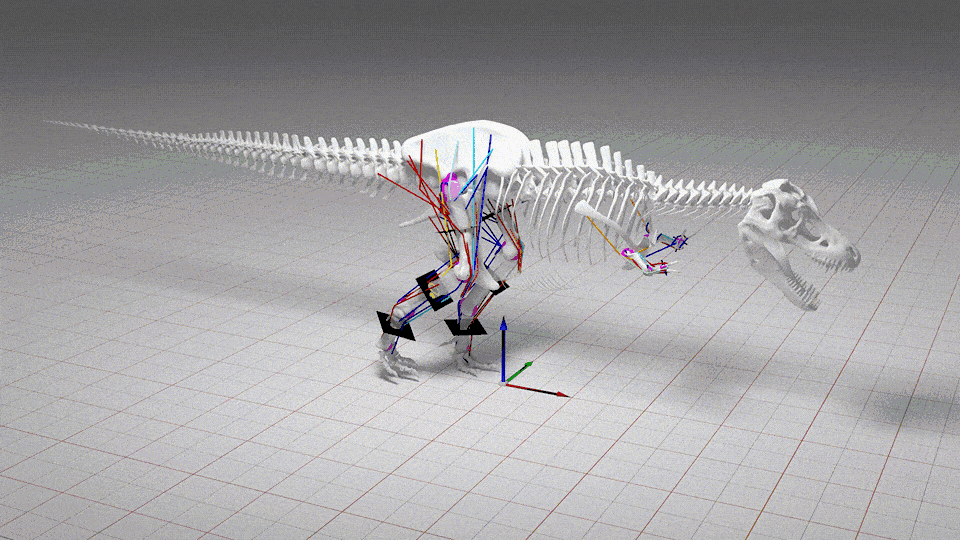When you purchase through data link on our land site , we may earn an affiliate commission . Here ’s how it exercise .
The blue-belly predatorVelociraptorhas been caught freeze down in time apparently scavenging on the corpse of another , larger dinosaur , scientist now reveal .
Not only did groove from the raptor ’s teeth mar bones belonging to the sheep - sized horned herbivoreProtoceratops , but palaeontologist also discovered fogy remnants of the hunter ’s tooth alongside the plant life - eater that match the marks .

Fossils suggest a Velociraptor dinosaur apparently scavenged on the remains of a Protoceratops. The Velociraptor teeth matched the bite marks on the bones of Protoceratops.
The fossil , unearthed from a red sandstone mound in Inner Mongolia , China , in 2008 , consist of a collection of heavily erodedProtoceratopsbones with two small , curving , serrate tooth that belonged either toVelociraptoror a airless congener . Back when they lived just about 65 million to 70 million years ago , the area was probably a scrubby desert with deal of sand and rock-and-roll and not too much vegetation , though there were bodies of piss , with life quite lush closer to the river .
The size of it of theVelociraptorandProtoceratopsteeth evoke they come from adults . The raptor was roughly 5 feet long ( 1.5 meters ) , while the herbivore might have been anywhere from 4.6 to 6.5 foot long ( 1.4 to 2 m ) .
Bite marks on and around the herbivore ’s jaw indicate the raptorial bird did not kill the plant - eater , but was alternatively scavenge on its carcase .

" This is a big animal , compact lots of muscle and band to eat . Why then , would the Orcinus orca be bite off on the cheeks and jaws so to a great extent that it lose a couple of tooth and leave marks on the castanets ? The obvious answer is this did n’t happen , " explained investigator David Hone , a fossilist at the Institute of Vertebrate Paleontology and Paleoanthropology of China in Beijing .
Instead , when the raptor got there , " this was a carcass with little left on , and it was scraping off the last accessible fragments of heart on the bones , " Hone say . " This blueprint is also seen inliving carnivores — when faced with a big eubstance , they start on the paunch and hindlegs and the mind is nearly always the last to go . Here the skull and jaw are the bones with the Saint Mark on and thus most likely to be the bits leave over , not those first taken on . "
These new finding support a famous uncovering made more than 30 days ago in Mongolia seemingly of aVelociraptorandProtoceratopslocked inmortal combat . Although these fossils , dubbed the " scrap dinosaur , " certainly suggest the raptor hunt the herbivores , one could readily argue such an instance was a chance showdown , withVelociraptoronly seldom eatingProtoceratops .

The " fighting dinosaurs " suggestVelociraptorcould play as a marauder , while this new discovery suggest it could playact as a scavenger . This is true of many aliveness carnivores as well , Hone said , such as lion and jackals .
It remain unknown as to what might have killed theProtoceratops , as its osseous tissue were simply not well preserved enough . " They probably were once in magnificent term , but they had fret , " Hone said . " If we ’d got there a few months sooner it might have been a staring specimen — a month or two later and we might have find nothing but dust . "
Hone and his colleagues will detail their findings in an approaching issue of the journal Palaeogeography , Palaeoclimatology , Palaeoecology .
















